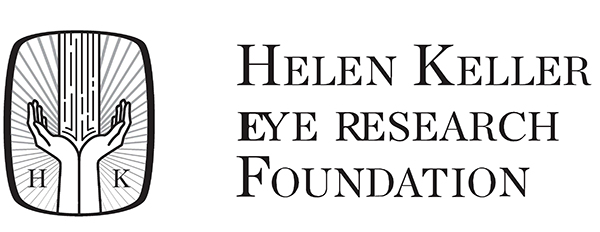
As a name that is known worldwide, Helen Keller is a symbol of courage and hope. Yet, she is much more than a name or a symbol. She was a woman of astounding intelligence, unwavering determination, unbelievable courage and insurmountable achievement. She dedicated her entire life to the betterment of others, helping people see the potential in their own lives, as well as the lives of people around them. She became the first blind-deaf person to effectively communicate with the sighted and hearing world. In so doing, she became an international celebrity from the age of eight, even before the era of mass communications.
Helen Adams Keller was born on June, 27, 1880 to Arthur H. Keller and Kate Adams Keller in the small, north Alabama town of Tuscumbia. When she was only 19 months old, she contracted a fever that would leave her both deaf and blind. At almost seven years of age, her mother and father took her to see the famous inventor, Dr. Alexander Graham Bell, who advised them to hire a governess for the child.
On March 3, 1887, Anne Mansfield Sullivan, a partially blind, twenty-one year old woman, arrived in Tuscumbia to be Helen’s teacher. With patience, understanding and love, Miss Sullivan was able to save Helen from her “double dungeon of darkness and silence”.
With the help of her beloved teacher, Helen quickly and eagerly learned to read and write. After attending high school at the Perkins School for the Blind in Boston, Massachusetts, Miss Sullivan helped Helen enroll in Radcliffe College, formerly the all-male Harvard College’s coordinate institution for female students. With remarkable determination, Helen graduated Cum Laude in 1904, becoming the first deaf-blind person to graduate from college. At that time, she announced that her life would be dedicated to the amelioration of blindness.
After graduation, Helen Keller began her life’s work of helping blind and deaf-blind people. She appeared before state and national legislatures and international forums. She regarded herself as a “world citizen”, visiting 39 countries on five continents between 1939 and 1957. She published 14 books and produced numerous articles. Not only was she out-spoken on the needs and issues affecting her fellow deaf and deaf-blind comrades, Helen was also a valiant supporter of women’s suffrage, civil rights, and the labor union movement, as well as many other worthwhile and important causes.
Helen Keller’s pilgrimage from Tuscumbia, Alabama to worldwide recognition is an inspiring story that took her from silence and darkness to a life of vision and advocacy. Against overwhelming odds, she waged a seemingly impossible battle to re-enter the world she had lost. She is one of the most powerful symbols of triumph over adversity our era has produced, leading Winston Churchill to call her, “The greatest woman of our age”.
Helen Keller won numerous honors, including several honorary university degrees, the Lions Humanitarian Award, the Presidential Medal of Freedom, the French Legion of Honor and election to the Women’s Hall of Fame. She also met every President of the United States, from Calvin Coolidge to John F. Kennedy.
Helen died on June 1, 1968 at the age of 87. She was laid to rest in St. Joseph’s Chapel, at the National Cathedral in Washington, D.C. Her legacy reminds us that with faith and courage, we can overcome obstacles in our own lives. With endurance and determination, we can help to better the lives of those around us. With love and patience, we can leave this world a better place.
In 1968, Senator Lister Hill eulogized her as “One of the few persons not born to die”. She will always be known as “The first lady of courage”.
View photos of Helen Keller and those she touched.



